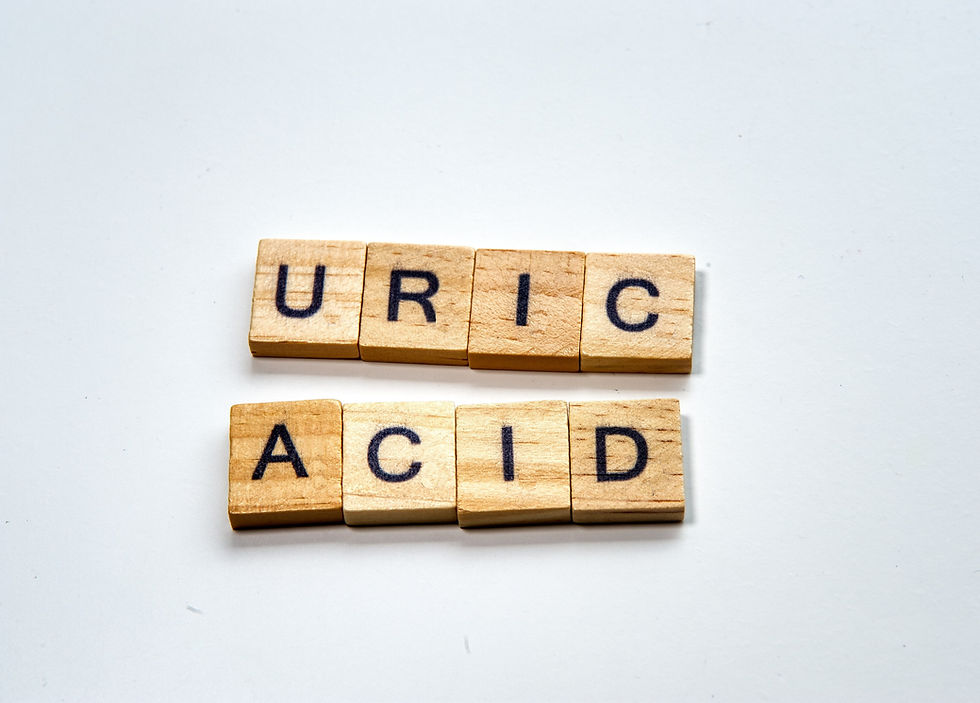Cultivating Success: The Crucial Role of Media in Probiotic Research
- Joon

- Jun 16, 2023
- 2 min read
Exploring the Diversity and Specificity of Media Used in Probiotic Cultivation

The study and cultivation of probiotics depend heavily on the medium used for their growth. Each medium offers a unique environment that can significantly influence the development and characteristics of probiotic strains. Key media used in probiotic research include MRS, Tos-MUP, BL agar, and BCP.
MRS (De Man, Rogosa, and Sharpe) agar is widely used for cultivating lactic acid bacteria. It provides an acidic environment favorable for the growth of these bacteria, thereby facilitating the study of probiotics like Lactobacillus and Bifidobacterium. The composition of MRS agar supports the growth of these strains by supplying nutrients and maintaining an appropriate pH.
Tos-MUP (Tomato Juice-Soy Peptone-Mannitol-Urea-Polymyxin) agar is another specialized medium. It's used primarily for isolating and differentiating Bifidobacterium strains due to its unique formulation. The components of Tos-MUP agar promote the growth of Bifidobacterium while inhibiting other bacteria, making it an ideal medium for studying this specific genus.
BL (Bifidobacterium Longum) agar, as the name suggests, is tailored for cultivating Bifidobacterium longum strains. This medium provides the specific nutrients required by B. longum, facilitating its selective growth and study. This is crucial for research focused on the health benefits and properties of B. longum.
BCP (Bromocresol Purple) agar is utilized for detecting and enumerating lactic acid bacteria in various samples. The presence of bromocresol purple in the medium acts as a pH indicator, changing color in response to acid production by lactic acid bacteria. This makes BCP agar a valuable tool in identifying and quantifying these bacteria in probiotic research.
In conclusion, the choice of medium is critical in probiotic research and development. Each medium—MRS, Tos-MUP, BL agar, and BCP—brings unique benefits that enable researchers to cultivate and study probiotics effectively, advancing our understanding of these beneficial microorganisms.
[Source: Overview of Probiotic Growth Media and Their Applications]

![[SHARED] Scientific Frontiers - Heat killed BBR4401 cholesterol study - Ildong Bioscience Co](https://static.wixstatic.com/media/8eb5c0_d1c445ac5d654b26b5de257ccf3bbca3~mv2.jpg/v1/fill/w_724,h_407,al_c,q_80,enc_avif,quality_auto/8eb5c0_d1c445ac5d654b26b5de257ccf3bbca3~mv2.jpg)